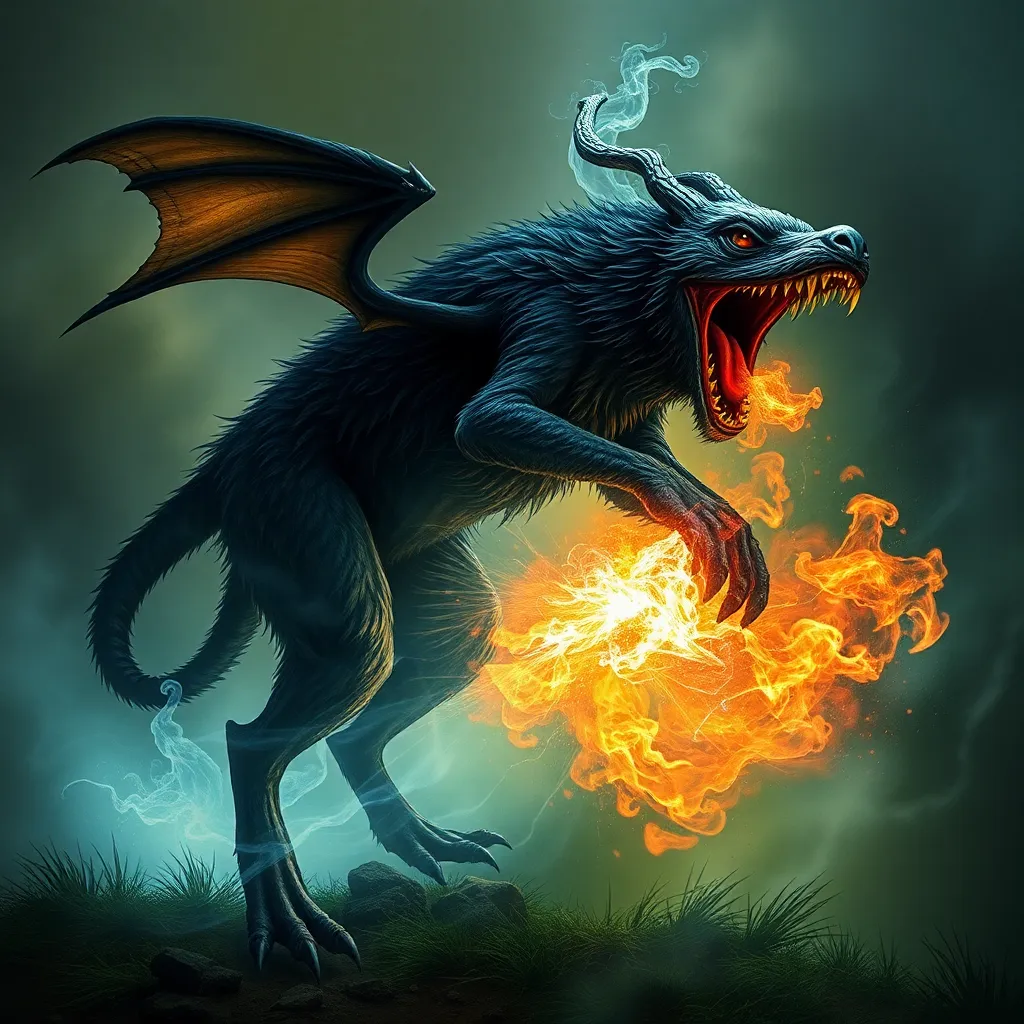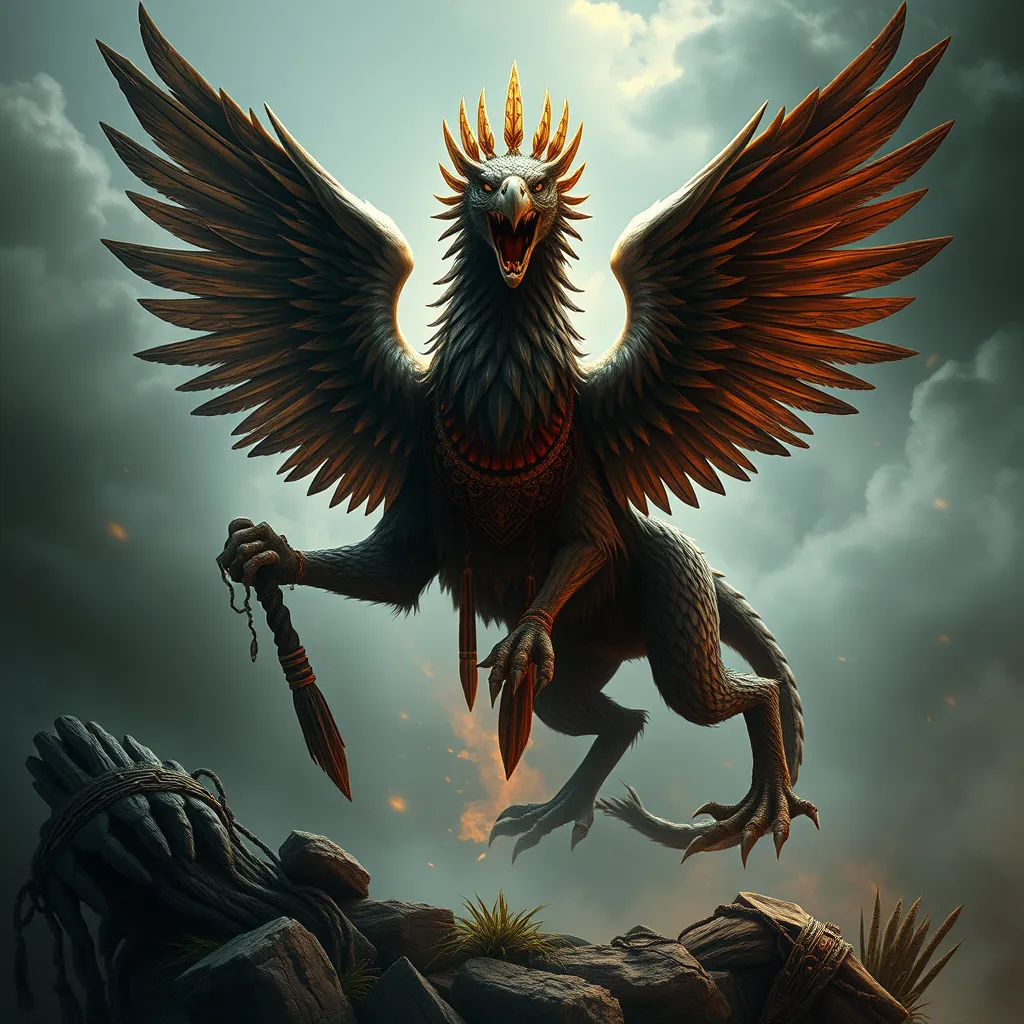Serpent Guardians: The Naga in Hindu Mythology
I. Introduction to Naga in Hindu Mythology
The Naga, a serpentine being, holds a significant place in Hindu mythology and is often regarded as a guardian of treasures and water bodies. These mythical creatures symbolize both the physical and spiritual realms, embodying dualities such as life and death, creation and destruction.
In Hindu beliefs, Nagas are revered not only as powerful serpents but also as deities associated with fertility, rain, and water. Their presence is woven into various practices and rituals, making them integral to Hindu cosmology and spirituality.
II. Origins and Historical Context
The roots of Naga mythology can be traced back to ancient texts such as the Vedas, Puranas, and epics like the Mahabharata and Ramayana. These scriptures highlight the importance of Nagas in the spiritual and physical worlds.
Cultural influences across different regions of India have led to various interpretations and depictions of Nagas. In some areas, they are seen as benevolent protectors, while in others, they might be viewed as vengeful spirits. This regional variation enriches the overall understanding of Nagas in Hindu mythology.
III. Symbolism and Attributes of the Naga
Nagas are often represented as half-human and half-serpent, with prominent features that include multiple hoods and elongated bodies. In art, they are depicted in various forms, from majestic serpents coiled around deities to human-like figures adorned with serpentine motifs.
- Physical Characteristics: Nagas are commonly illustrated with a human upper body and a serpent lower body, symbolizing their connection to both the earthly and celestial realms.
- Symbolic Meanings: The symbolism associated with Nagas includes:
- Fertility: Nagas are often associated with fertility and abundance, believed to bless devotees with prosperity.
- Protection: As guardians of water and treasures, they are invoked for protection against natural calamities.
- Transformation: Their ability to shed skin symbolizes renewal and transformation.
IV. Naga in Hindu Cosmology
Nagas play a crucial role in the creation and maintenance of the universe according to Hindu cosmology. They are often depicted as cosmic beings who support the earth and are intimately connected with water bodies.
In many texts, Nagas are associated with rain, agriculture, and fertility of the land. They are believed to control water sources, which are vital for sustaining life. The reverence for Nagas reflects the ancient understanding of the interdependence between nature and human existence.
V. Naga Legends and Myths
Numerous legends and myths involving Nagas offer profound insights into their significance in Hindu philosophy. Among the most prominent are the stories of Vasuki and Ananta.
- Vasuki: In the churning of the ocean (Samudra Manthan), Vasuki, the king of the Nagas, served as a rope to churn the ocean, showcasing the importance of Nagas in creating the elixir of immortality.
- Ananta: Ananta, the cosmic serpent, is depicted as the bed on which Lord Vishnu rests. This symbolizes the eternal cycle of creation and preservation.
These myths convey moral and philosophical lessons about sacrifice, cooperation, and the balance of forces in the universe.
VI. Naga Worship and Rituals
Naga worship varies across different regions of India, reflecting local customs and beliefs. In many communities, worship of Nagas is an integral part of agricultural rituals, especially during the monsoon season.
- Worship Practices: Common practices include:
- Offering milk, rice, and flowers at Naga shrines.
- Conducting rituals during festivals dedicated to Nagas, such as Nag Panchami.
- Festivals: Some notable festivals include:
- Nag Panchami: A day dedicated to honoring Nagas, where devotees worship live snakes and offer milk.
- Gudi Padwa: In certain regions, this festival also honors the Nagas as part of the agricultural cycle.
VII. Naga in Contemporary Culture
In modern times, the representation of Nagas has evolved, finding a place in literature, art, and popular culture. Authors and filmmakers often portray Nagas as complex characters, blending traditional beliefs with contemporary narratives.
- Literature: Various novels and stories draw inspiration from Naga mythology, bringing ancient tales to modern audiences.
- Art and Dance: Traditional dance forms often incorporate Naga motifs, celebrating their significance in cultural heritage.
- Popular Culture: Nagas have appeared in films and television series, often depicted as mystical beings with extraordinary powers.
VIII. Conclusion: The Enduring Legacy of the Naga
The Naga continues to hold a significant place in Hindu thought, embodying spiritual and cultural values that resonate with contemporary society. As symbols of fertility, protection, and transformation, they remain relevant in the lives of many.
The enduring legacy of the Naga reflects the rich tapestry of Hindu mythology, where these serpent guardians symbolize a profound connection to nature, spirituality, and cultural identity. As society evolves, the reverence for Nagas persists, reminding us of the timeless stories that shape our understanding of the world.



